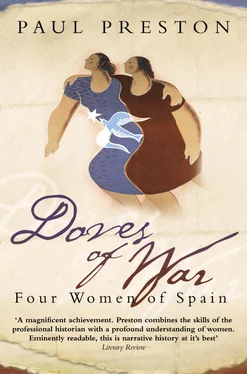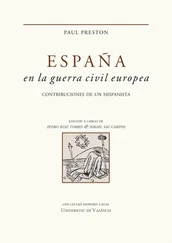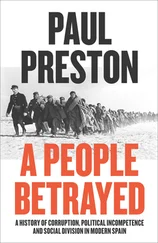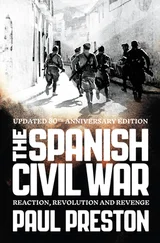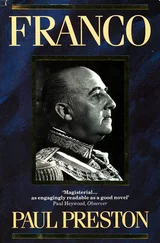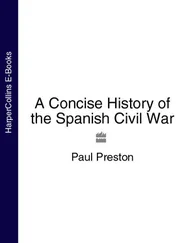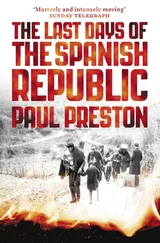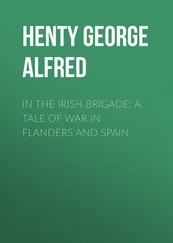The next years are difficult to reconstruct. Her diary comes to an abrupt end in January 1941. Pressure of work is a possible explanation for the silence although she had managed to write daily under far more trying circumstances in Spain. The survival of a later fragment suggests that the diary was simply lost. Nevertheless, the value of her work can be deduced from the fact that, in 1943, she was awarded the Polish Golden Cross of Merit with the approval of the Foreign Office. 155 What is known is that the cold and damp of the Scottish climate intensified her tendency to very poor circulation. The chief surgeon at the hospital told her that smoking and drinking so much was exacerbating the problem. She seems to have tried sporadically to cut down but the daily stress of life at the hospital made abstention impossible for her. Life became unbearably difficult and she was diagnosed as having circulatory difficulties, known as Raynaud’s disease. It was recommended that she go to live in a warm climate. Throughout her time at Dupplin Castle, she longed for the day when she would return to Spain although a lengthy affair with a Polish surgeon, Colonel Henryk Masarek, had helped her finally to put aside hopes of marrying Ataúlfo.
As a result of her experiences in Spain during the Civil War, the various informal approaches from the Secret Services in 1939 and 1940 were entirely understandable. Keeping Spain neutral was a major preoccupation and an upper-class English woman with Pip’s impeccable political connections was an obvious target for recruitment. She was close to both the Orléans and Kindelán families, the two most important centres of the monarchist opposition to Franco within Spain itself. In mid-July 1941, the Special Operations Executive ran a security trace on her. The trace request to MI5 stated: ‘It is our intention that the Honourable Miss Scott-Ellis should be employed in the investigation of the possibility of evacuating Polish prisoners-of-war from Spain. We would be glad to know, if you have any reason from the security point of view why this person should not be so employed.’ The reply from MI5 cast doubt on her discretion citing a report that, at a dinner held at the Savoy for the Spanish Aid Mission in December 1940, she had blurted out that she had been asked to go to Spain as a spy, as she knew so many people there. She proudly stated that she had refused this request – probably the repeated approaches by Hugh Smyth made in the course of 1939. She had said that she would never work against Spain. 156 The reported remarks were entirely consistent with the heartfelt declarations in her diary.
Finally, in February 1943, the Continental Action Force of the Polish Government-in-Exile in Britain requested that Pip be sent to Spain to help in the evacuation of escaping prisoners-of-war. In the light of the earlier security report, the proposal was accepted only after some hesitation. It is difficult to reconstruct her work in Barcelona with the Special Operations Executive from the exiguous surviving files. However, she later hinted at what she did to her mother, her sister, to José Luis de Vilallonga and to her son, John. Her official position, or cover, was as a secretary working in the dissemination of pro-Allied information to counteract the domination of the Spanish media by the Third Reich. However, the Consulate in Barcelona was the main conduit for Allied personnel escaping across the Eastern Pyrenees. It would seem, therefore, that her role was to help in the safe passage of British and Polish pilots shot down over France and other escapees through Spain and into Portugal. Her language skills and her connections with the most prominent and influential pro-Allied monarchists make it eminently plausible that she was indeed organising their transit on to Lisbon. 157
She had the perfect excuse for trips from Barcelona across Spain to a point relatively near the Portuguese border in her friendship with the Orléans Borbón family. In any case, her first port of call in Spain was the family’s Montpensier Palace at Sanlúcar de Barrameda where she went to convalesce from the illness exacerbated by the Scottish climate. Thereafter, her visits to the family were as frequent and as lengthy as they had been during the Civil War. There is plentiful photographic evidence of Pip, looking thin but happy, riding with Ataúlfo in April at the Feria de Sevilla, helping Ataúlfo with his animals at the Botánico at Sanlúcar de Barrameda in May, then again riding with Ataúlfo at the Rocío in June, and then at a party at Sanlúcar de Barrameda in August 1943. In the autumn of 1943, she went to Estoril to spend some time with her mother who was there returning from Canada with her four granddaughters. She travelled to Estoril again in late January 1944 to see Gaenor who was returning from America with her children. She had been with her husband Richard who had been working in the economic warfare section of the British Embassy in Washington. 158 By late 1944, with Allied forces controlling the south of France, Pip’s role was coming to an end.
In any case, her life, both professional and personal, was about to take a dramatic turn. At some point in late 1943 or early 1944, she ran into José Luis de Vilallonga, the handsome and dissolute playboy son of a rich Catalan aristocrat, the Barón de Segur. There exists a photograph from January 1944 of them together at a party. According to José Luis, they met at a cocktail party at the home of the Catalan publisher Gustavo Gili. Tall, elegant, with the pencil moustache fashionable at the time, she found him irresistibly good-looking. He was also seductively charming, as many other women were to discover to their cost. José Luis wrote later: ‘that evening, she would have done better to have gone to the cinema or stayed at home because I was going to make her miserable and humiliated for the rest of her days … I regret infinitely that I made a good and loyal woman suffer so much for the dreadful error of falling in love with me.’ 159
Perhaps José Luis’s cruel treatment of Pip was connected to the fact that she bore an uncanny resemblance to his mother, Carmen Cabeza de Vaca y Carvajal. Pip’s sister Gaenor was once shown a photograph of the Baronesa, whom she had never met, and asked to identify it. She thought it was Pip. José Luis de Vilallonga later wrote of how his childhood was marked by his mother’s coldness and indifference. ‘As a child, I would have given anything for my mother to take me in her arms and kiss me.’ Oddly, in his memoirs, he denied that any of his wives resembled his mother. 160 It is tempting to speculate that, in his systematically appalling treatment of Pip, he was somehow trying to punish his mother for the coldness that so scarred his childhood. He described himself as ‘a hardened alcoholic who, without ever taking precautions of any kind, had slept with more whores than a porcupine has quills’. It is interesting that, when he boasts of his insatiable appetite for prostitutes, he admits always to having asked for women who were tall, blonde and blue-eyed, like Pip and like his mother. 161
In his memoirs, Vilallonga portrays Pip as a self-possessed cynic when in reality she was nervously insecure. In his version of their first meeting in Barcelona, she offered to get him a job as a journalist if he would act as a propagandist for the Allies. In fact, as he writes elsewhere, he was already working as a journalist for the magazine Destino and she merely helped him with innocuous articles on English pipes, Virginia Woolf and the childhood of Winston Churchill. 162 They began to go out together and she soon fell in love with him and was to remain so throughout their long and unhappy marriage. That José Luis was utterly fascinated by her is revealed by the fact that, in his books, he romanticises her past in the most wildly colourful fashion. He places her in the Spanish Civil War in August 1936 at the massacre of Badajoz under threat of being shot as a spy by the Nationalist Colonel Juan Yagüe. Her time as a nurse in the Hadfield-Spears ambulance unit becomes a dark period in Paris during which it is insinuated that she was a secret agent. Her organisation of the Polish hospital in Scotland becomes service with General Anders’ forces, despite the fact that Anders was imprisoned in Russia at the time and went into action in Italy only long after Pip had left the Poles. Most fanciful of all is the invention that Pip served as a lieutenant with the Spanish Republicans in the Free French forces that liberated Paris. Even more outrageous is a report of a conversation with Pip about her behaviour during the Spanish Civil War. On learning that José Luis was seeing her, his father, the Barón de Segur, allegedly exploded that she had slept with – in one book, half the Spanish Army, in another, the entire Nationalist forces. It is clear from her diaries that Pip did not sleep with anyone in Spain. However, when asked about her sexual adventures, the fictionalised Pip – in an entirely uncharacteristic tone of pompous self-assurance and insouciance – tells her lover, ‘Yes. I have had my adventures, just like everyone else. When death hovers over your head every day, certain moral values undergo changes about which it is useless to speak in peace-time.’ The hard-nosed Pip of his various later accounts is unrecognisable as the vulnerable romantic of the diaries. Indeed, Vilallonga’s fictionalised Pip has more in common with the coldly domineering Baronesa de Segur of his memoirs and novels. 163
Читать дальше
